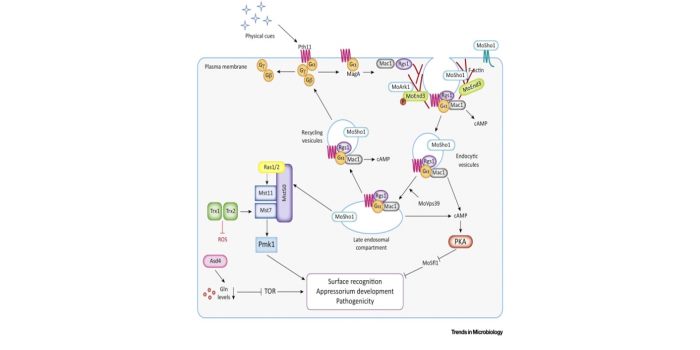
Review. Rise of a cereal killer: The biology of Magnaporthe oryzae biotrophic growth
Plant Science Research WeeklyThe fungal pathogen Magnaporthe oryzae causes one of the most destructive diseases of rice, destroying around 10-30% of rice production world-wide. The pathogen undergoes different developmental changes and produce specialized infectious structures in order to rapidly proliferate within the host cells.…
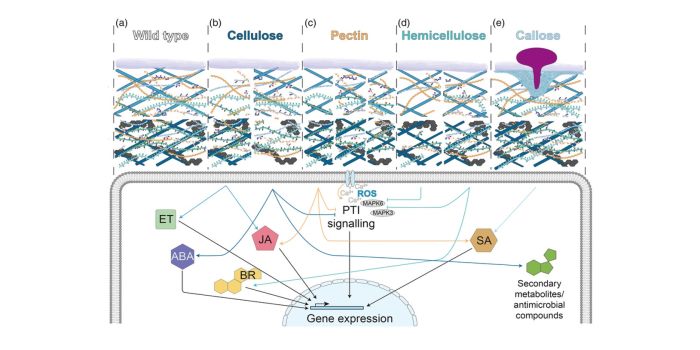
Review. Plant cell wall-mediated immunity: cell wall changes trigger disease resistance responses
Plant Science Research WeeklyPlant cell walls have recently been revealed as an essential factor of plant environment monitoring system, much more than just a passive defensive barrier as previously thought. In a recent work, Bacete et al. have reviewed how changes to plant cell wall integrity affect disease resistance. More specifically,…
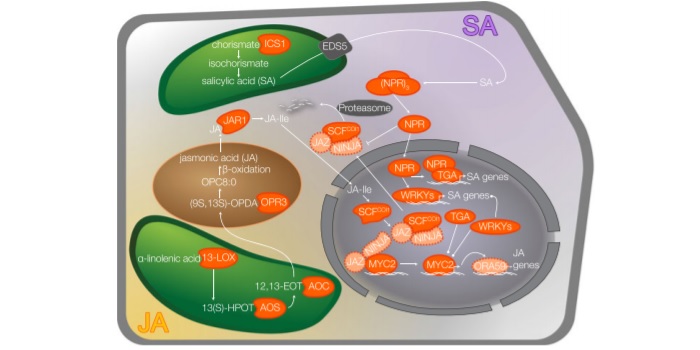
Jasmonic acid and salicylic acid signaling in fern Azolla filiculoides and its cyanobiont
Plant Science Research WeeklyThe phytohormones jasmonic acid (JA) and salicylic acid (SA) play key roles in how plants respond to microbes. However, this interplay between JA, SA and microbes is less understood in non-angiosperm linages. de Vries and colleagues examine JA/SA signalling between the water fern Azolla filiculoides…
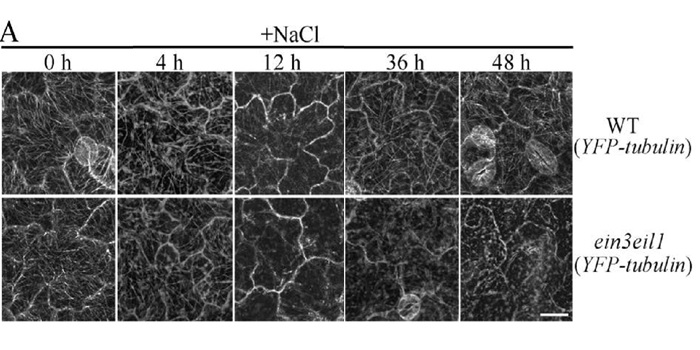
Ethylene signaling modulates cortical microtubule reassembly in response to salt stress
Plant Science Research WeeklyEthylene is an important mediator during plant adaptation to salt stress. During salt stress, ethylene has been shown to promote microtubule (MT) stability and organization. Dou et al. further examine this pathway using Ag+ to block ethylene signaling in addition to using various mutants. In wildtype…
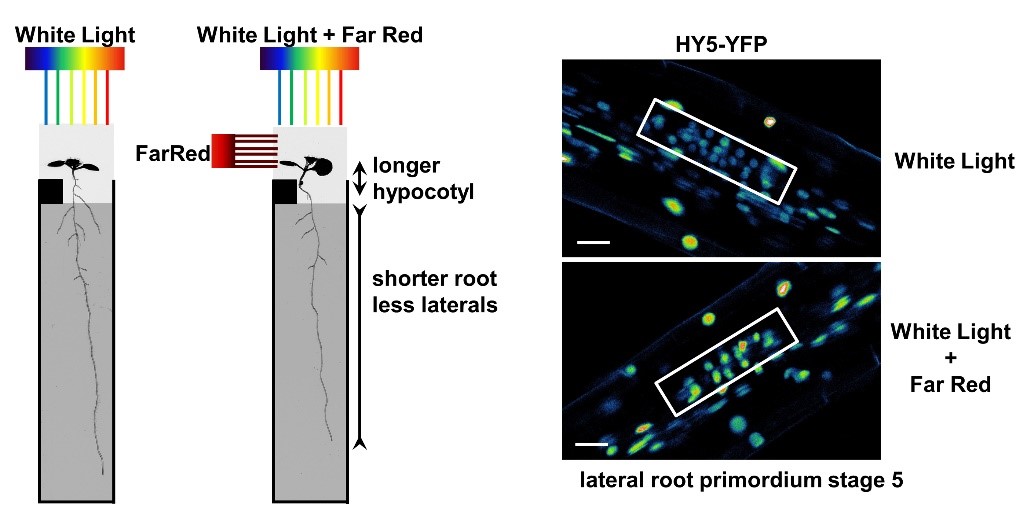
Roots Respond to Aboveground Far-Red Light
Research, The Plant Cell, The Plant Cell: In a Nutshellvan Gelderen and Kang et al. investigate the root response to Far-Red light detection in the shoot. The Plant Cell (2017). https://doi.org/10.1105/tpc.17.00771
By Kasper van Gelderen and Ronald Pierik
Background: Sunlight is the energy source for plants, however, when plants grow closely together…
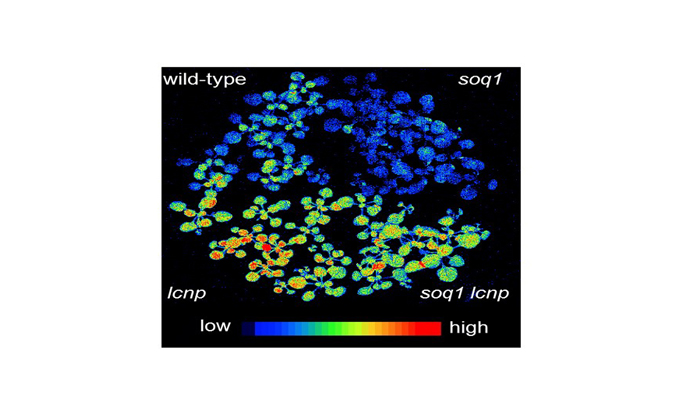
Protection from the Sun: Sunscreen for Plants
Research, The Plant Cell, The Plant Cell: In a NutshellMalnoë et al. demonstrate that a protein from the lipocalin family plays a role in promoting energy dissipation that prevents damage from long-term light stress. The Plant Cell (2017). https://doi.org/10.1105/tpc.17.00536
By Alizée Malnoë
Background: Light is necessary for plant growth…
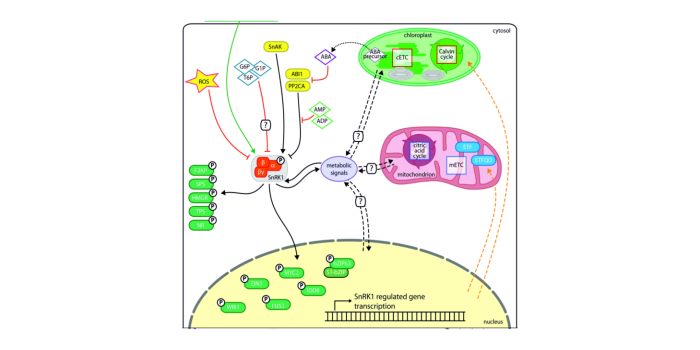
Update: SnRK1 kinase as a central mediator of energy signaling between different organelles (Plant Physiology)
Blog, Plant Science Research Weekly, ResearchThe heterotrimeric SNF1-related protein kinase 1 (SnRK1) in plants is an orthologue of yeast SNF1 (sucrose non-fermenting 1) kinase and the mammalian AMPK (AMP-58 activated protein kinase). A significant array of genetic evidence during the past years has identified SnRK1 as a key regulator of cellular…
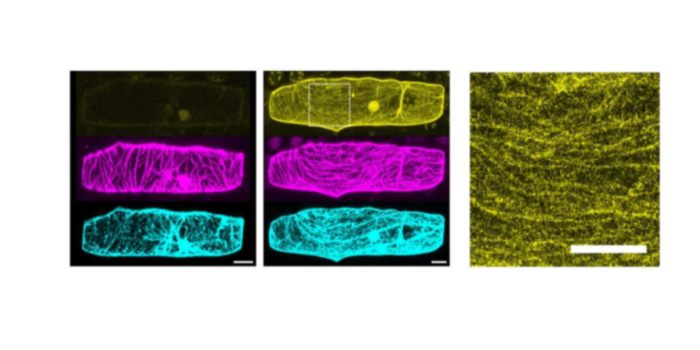
A barley powdery mildew fungus non-autonomous retrotransposon encodes a peptide that supports penetration success on barley
Blog, Plant Science Research Weekly, Research, Research BlogBioRxiv. Barley powdery mildew is an important asmocycete disease caused by the fungus Blumeria graminis f. sp. hordei. Previous literature in this field has investigated susceptibility genes as important targets to develop resistance. A well-known example of this, is the MLO gene, a negative regulator…
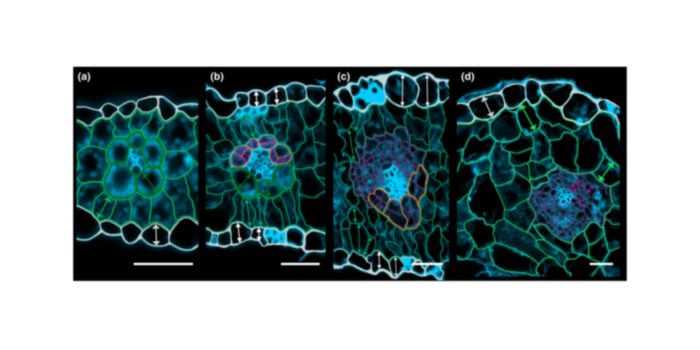
How to make a tumour: cell type specific dissection of Ustilago maydis-induced tumour development in maize leaves
Blog, Plant Science Research Weekly, Research, Research BlogNew. Phytol. Ustilago maydis causes corn smut disease on maize which is characterized by plant cancerous symptoms forming tumours on all aerial parts of host. The fungus deploys organ-specific effector proteins to re-program organ primordia to enormous tumours, however the cellular dissection of these…

